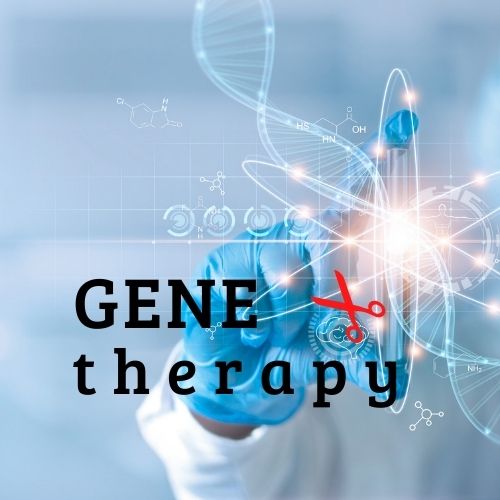How Does Gene Therapy Work?


Gene therapy has the potential to cure diseases that occur due to defective DNA which produce a faulty protein. The errant protein can not perform the normal expected function. Replacing the defective DNA will result in a normal protein, thereby curing the disease.
First thing to understand when learning about gene therapy is the role of proteins. The proteins within a cell determine both its health and its function. Proteins are responsible for nearly every part of a cell’s function, including the cell’s shape, inner organization, product manufacture, waste cleanup, and routine maintenance. Proteins also receive signals from outside the cell and mobilize the cell’s response.
Enzymes are another type of protein that increases the rate of chemical reactions. Enzymes work by binding surfaces at complementary areas so that a reaction can take place. Enzymes are essential for respiration, digesting food, and muscle and nerve function.
Proteins drive every biological process necessary for life. Some genes act as the instructions for making these proteins.
If a mutated gene causes a necessary protein to be faulty or missing, gene therapy may be able to introduce a normal copy of the gene to restore the function of the protein. It works by replacing the mutated gene that causes disease with a healthy copy of the gene or inactivating a mutated gene that was functioning improperly and causing disease. Genes can also be added that fight disease.
The first FDA approved gene therapy was for a type of inherited blindness caused by mutations in the protein enzyme RPE65 that nourishes the photoreceptor cells.
How do Genes Get into a Cell?
The only way to insert a gene into a cell is to use a carrier that can penetrate the cell wall. The carrier is called a vector. The vectors are often attenuated viruses. Viruses are considered nature’s genetic engineers because of their ability to infect most kinds of organisms including bacteria, humans, animals, and plants.
Viruses are designed to penetrate and infect cells with their viral load, so to be used as a vector in gene therapy the virus must be modified. A modified and attenuated virus is one that has been weakened so that it does not cause disease but can still penetrate a cell and deliver its modified payload―a healthy gene or the instructions to knock-out a faulty gene.
Gene Therapy is Still in Development
There are many technical challenges that must be overcome before gene therapy will be a practical approach to treating disease. Currently, gene therapy is primarily available in a research setting and only a limited number of gene therapies have been approved by the FDA for disease treatment.
Hundreds of clinical trials are under way to test gene therapy for the treatment of genetic conditions, Parkinson’s disease, Alzheimer’s disease, several cancer types, and HIV.
You can search ClinicalTrials.gov which is a service of the National Institutes of Health for information about clinical trials being conducted in all 50 states and in 219 countries.
If you are interested in being part of a gene therapy clinical trial you can visit gene therapy clinical trials for a list of clinical trials that are accepting participants.
If you would like to make an appointment, call us 609.877.2800 or EMail us.
Gregory Scimeca, M.D.
Ophthalmologist and Medical Director
The Eye Professionals
Our Locations
